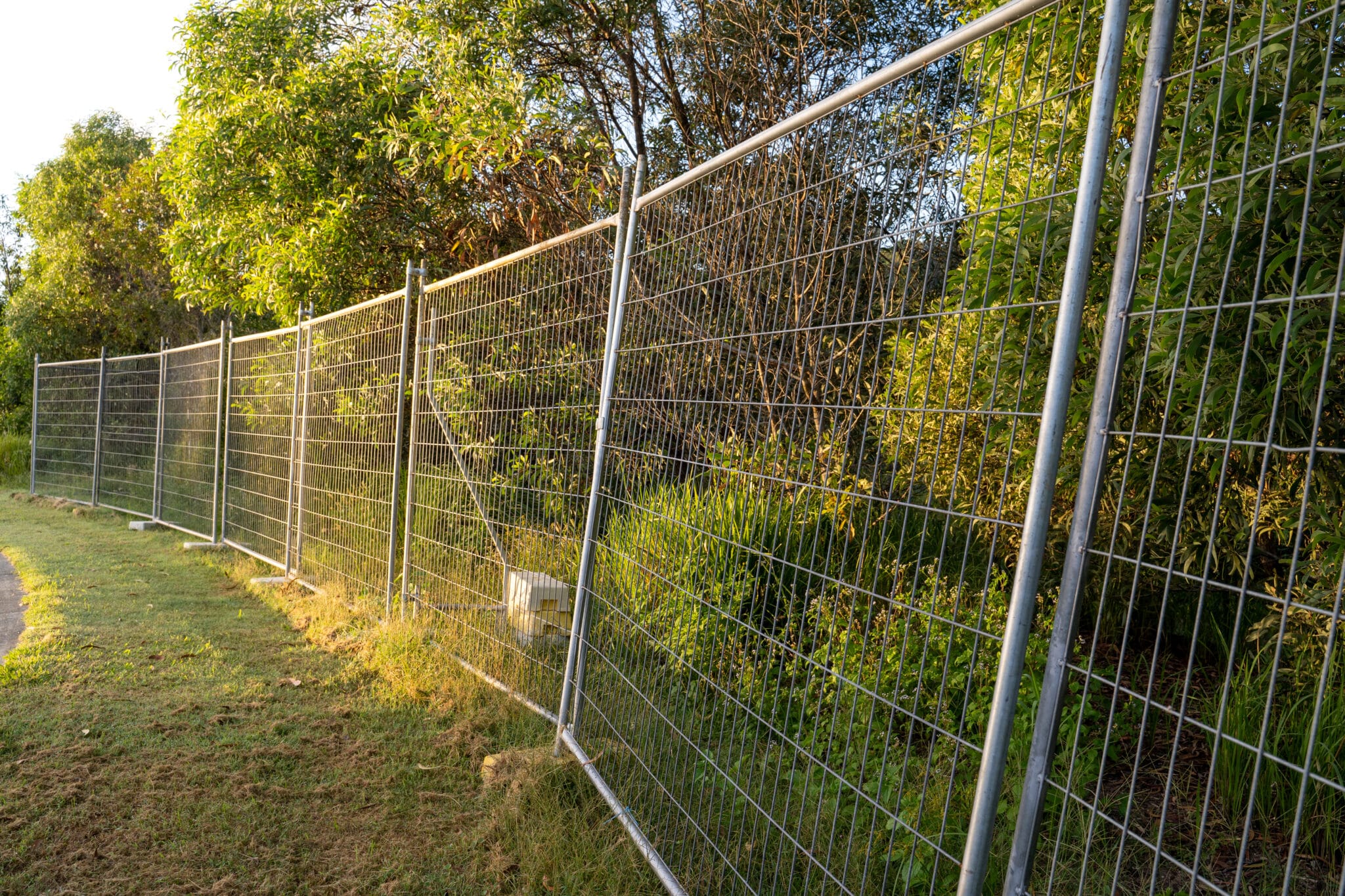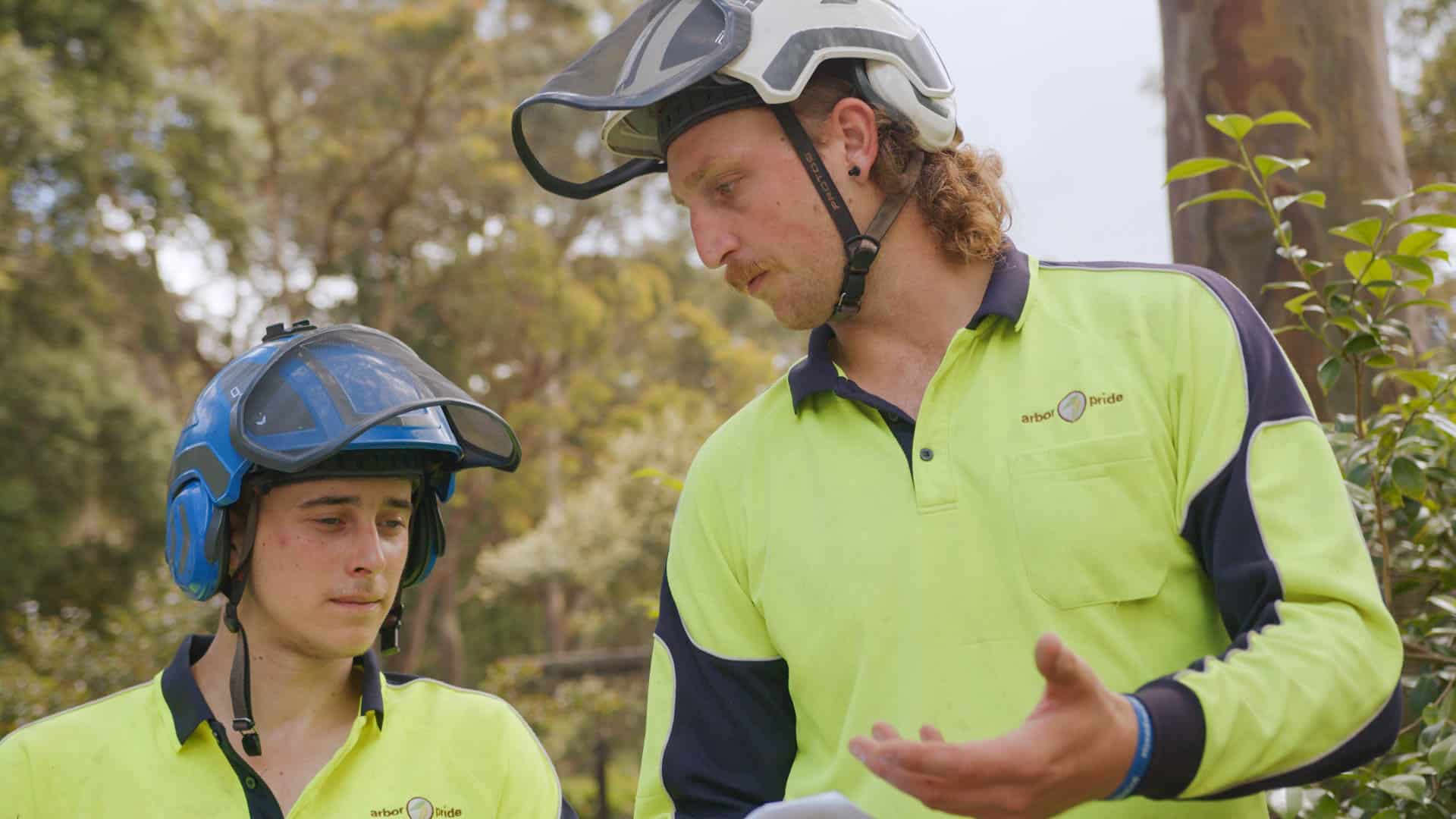Establishing a Tree Protection Zone (TPZ) is essential for ensuring trees’ preservation and ongoing health amidst construction projects. It is determined by encompassing both the underground root area and aboveground crown region that are critical to sustaining tree vitality, including the Structural Root Zone (SRZ), which underpins its stability and growth.
Upholding TPZs is crucial in shielding trees from injurious impacts that may not be evident until years later as they manifest signs of ailment or demise. Adherence to a TPZ helps dodge prevalent problems like soil compaction, physical injury, and root impairment. Neglecting to institute and conserve a TPZ can culminate in severe damage to roots, trunks, or branches that might eventually result in deterioration or loss of the tree.
A paramount goal behind designating a Tree Protection Zone lies in segregating trees from disruptive activities linked with construction work while maintaining their well-being. Effectuation involves conspicuously demarcating boundaries through fencing off areas around them using barriers or barricades—proactive steps key for averting soil compression alongside mechanical damage—to secure assurance that the tree continues thriving throughout the interaction with surrounding development processes.
Components Requiring Protection
During construction activities, it is essential to safeguard various parts of a tree. The area known as the Critical Root Zone (CRZ) or Root Protection Zone (RPZ), which lies beneath the expanse of a tree’s outermost branches, plays an integral role in preserving the health and stability of the tree. Found predominantly within 600mm depth under topsoil, this zone contains roots that are particularly susceptible to harm during building processes.
Securing the Structural Root Zone (SRZ) is vital for maintaining a tree’s stability. This area can be calculated by measuring above where the trunk flares out into roots—known as root buttress—and then adding another 10% based on trunk diameter at breast height(DBH). A protection zone that does not adequately encircle these areas poses risks to both underground and aerial components of trees during development projects. Correctly sizing up such zones ensures crucial support for not just subterranean structures like roots, but also extends protective measures over crown regions and trunk diameters themselves.
Preliminary Tree Assessment Report
A thorough preliminary tree assessment report is essential to grasp the nuances of various tree species, their health, and the necessary protection zones. This document highlights key aspects such as each tree’s health status, structural integrity, age category, and conservation significance. It includes specific information regarding the Tree Protection Zone (TPZ) and Structural Root Zone (SRZ), along with data on canopy breadth, trunk diameter, height classification, age groupings, and values associated with preserving these trees.
Through this evaluation process, the appropriate TPZs and SRZs are determined for each individual tree. The aim is to ensure that both the area encompassing a tree’s crown and its root system receive adequate safeguarding so that trees remain healthy amidst development activities. Furthermore, the assessment features a map detailing where trees are situated alongside their designated protective perimeters.
This initial investigative work plays an instrumental role in devising strategies for the effective safeguarding of trees when planning construction or any development undertakings.
Developing a Tree Management Protection Plan (TPMP)
A Tree Protection Management Plan (TPMP) delineates safeguards for trees from the start of demolition to the completion of final landscaping. Such a plan should encompass designated tree protection zones (TPZs) for each individual tree, procedures for demarcating and safeguarding these TPZs, as well as continuous care protocols for the trees. Regular dialogue with construction teams is essential to ensure they understand and adhere to established tree protection measures.
The incorporation of crucial project specifics like timeframes for arborist inspections and phasing details regarding construction plays a key role in guaranteeing adherence to practices that manage and protect trees effectively. To aid in preserving trees throughout development activities, Tree Protection Australia offers services including zone fencing around them, clearly visible signage, mulching strategies targeting root zones as well as defenses tailored towards branches, trunks, and roots.
Ensuring an all-encompassing TPMP is critical when aiming to maintain both health and safety standards concerning trees situated on development sites.
Tree Protection Fencing
Install tree protection fencing around the Tree Protection Zone (TPZ) prior to initiating any construction work. The recommended distance for this fencing is typically 12 times the diameter of the tree at breast height (DBH), radiating out from the trunk. It’s essential that this barrier remains in place for the duration of construction activities to ensure adequate protection of the tree.
To effectively prevent intrusion by wildlife and people, set up fences with ample height within TPZ boundaries. These barriers need to be visible with clear labeling and regularly inspected so as to hinder unauthorized entry into these safeguarded zones. Posting a tree protection zone sign on these enclosures can also serve an educational purpose, alerting workers and visitors about their obligation towards preserving these designated areas.
The implementation of a robust tree defense strategy requires installing sturdy fencing encompassing TPZs thereby obstructing access by both heavy equipment and staff throughout periods when building operations are ongoing.
Approved Techniques for Protecting Trees
Ensuring the sustained well-being and vitality of trees throughout construction endeavors necessitates employing recognized tree protection measures. Engaging expert arborists early in both planning and execution stages is essential for choosing appropriate techniques tailored to individual tree requirements. Their primary role involves advising on and selecting suitable methods that promote tree health.
It’s important for property managers and developers to work closely with professional arborists to achieve optimal results in safeguarding trees during development activities. Organizations like Tree Protection Australia offer routine site inspections, providing certification at different milestones as necessary throughout the construction process.
By adopting certified protection strategies and seeking guidance from specialized arborists, you can guarantee that the trees situated within your development site remain robust and thriving.
Managing Encroachment into the TPZ
Safeguarding a tree’s health and stability involves managing intrusions into its Tree Protection Zone (TPZ). Encroachments are deemed minor when they cause only minimal disruption, which can typically be counteracted without causing severe harm to the tree. Addressing these small encroachments entails evaluating their impact and identifying corrective actions that will maintain the tree’s vitality within the TPZ.
For significant incursions, consulting with a certified arborist is imperative to evaluate the stress on the tree and formulate a rehabilitation strategy, possibly involving extra irrigation or structural reinforcement. Procedures such as soil loosening and judicious trimming may also be essential for bolstering the robustness of the tree.
After an encroachment has taken place, it is crucial to keep monitoring the condition of affected trees in order to ascertain continuous care requirements. Ongoing discussions with an arborist facilitate bespoke approaches for handling trespasses effectively while focusing on preserving optimum tree health.
The Role of Arborists in Tree Protection
Professional arborists are vital in collecting location-specific information that aids in devising strategies to safeguard trees during construction activities. Often, local councils mandate a professional evaluation from these experts to assess the potential effects on trees due to proposed developments. Continuous engagement with arborists throughout building projects is essential for the successful application of measures designed for tree protection.
To ensure early detection of any health problems affecting trees, it’s imperative that certified arborists perform regular monitoring. These professionals provide advice on how best to proceed with construction without inflicting harm upon the root systems of nearby trees.
Tree Protection Australia offers ongoing supervision by conducting site checks and dispensing certification at different stages as needed within a project timeline. Arborists also stay abreast with contemporary care techniques and findings through persistent learning initiatives related to tree preservation research.
Legal and Standard Requirements
AS 4970-2009 offers a systematic approach to safeguarding trees on development sites, emphasizing the importance of maintaining their health and safety. Various local councils throughout Australia have adopted this standard to different extents, with some incorporating it fully into their development policies. To proficiently conduct tree protection evaluations in accordance with AS 4970-2009 standards, arborists must possess qualifications at or above AQF Level 5.
The establishment of this standard has been instrumental not only in unifying practices but also ensuring a uniform mechanism is available for addressing conflicts that arise concerning tree conservation amid construction activities. Tree Protection Australia ensures adherence to these regulations by enlisting the expertise of highly qualified arborists who hold AQF level 5 certifications.
Adhering to both legal mandates and established norms is essential for the effective protection of trees located within development sites.
Common Mistakes in Tree Protection
Failing to consistently check on the trees during construction could lead to a delay in recognizing signs of stress or damage. It’s vital to keep an ongoing watch over both tree health and the success of protection measures within a Tree Protection Management Plan (TPMP). Without this regular oversight throughout the duration of a project, important indicators of stress or harm might go unnoticed.
Another frequent error is incorrect pruning practices. Over-pruning can debilitate trees, thereby increasing their susceptibility to pests and diseases. Conversely, not pruning enough may cause too much wind resistance which often leads to branches snapping off. Employing correct pruning methods is critical for preserving both the health and structural integrity of trees.
Steering clear of these typical blunders ensures that the foliage at your development site remains robust and thriving.
Summary
To ensure the health of trees in development sites, managing your Tree Protection Zone (TPZ) is essential. This includes understanding the TPZ concept, determining its size, applying protective measures, and avoiding common mistakes to maintain tree viability. Seek advice from arborists, comply with legal standards, and use approved methods for effective protection.
Following these best practices helps sustain tree health at your site for years. Protecting trees benefits ecology, aesthetics, and property value. Therefore, we must commit to preserving these natural resources for future generations.
Read Less -

